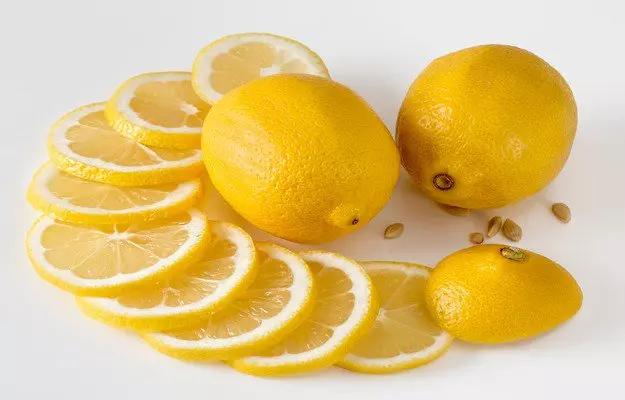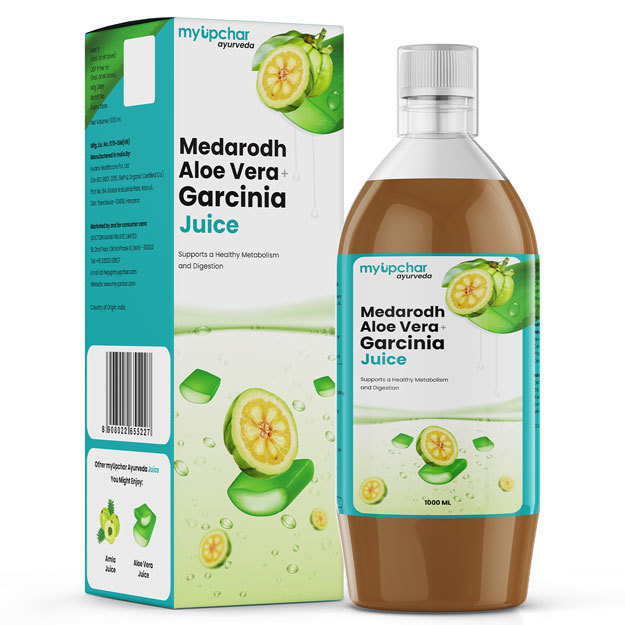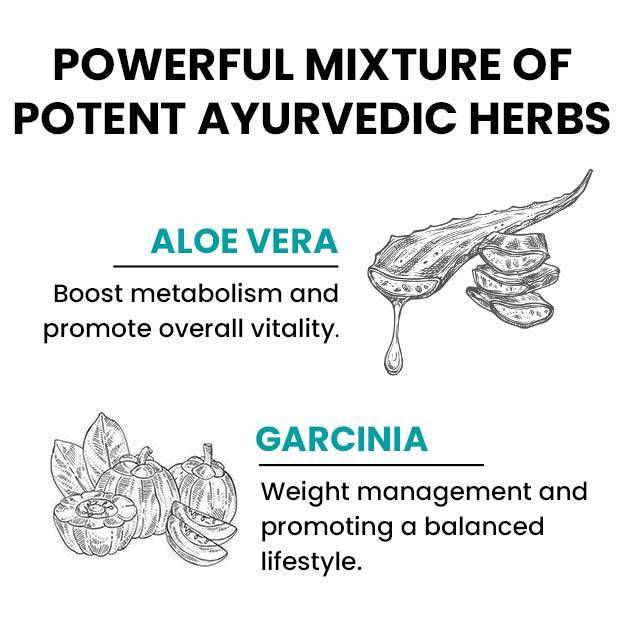Lemon is a well-known fruit in the family Rutaceae. There is probably no household unaware of the citrusy and refreshing taste of lemons. In fact, the mere mention of lemon elicits a sharp tangy flavour on taste buds. Apart from its culinary use for the distinct flavour and aroma of the citrus family, lemon finds a great variety of uses in ayurveda and traditional medicine. Lemon water is traditionally used for its weight loss and detoxifying benefits. It is one of the best sources of vitamin C in the citrus family, which makes it a panacea of anti-ageing and immunity building properties.
Lemon is an evergreen tree that can grow up to a height of 6 meters. Lemon branches tend to spread and have thorns on them. New lemon leaves are generally reddish in shade and they grow in alternate fashion lemon branches. On maturity, these leaves turn dark green on one side and a lighter shade of green on the other side. Lemon flowers are whitish with a strong fragrance, they grow either alone or in clusters over the branches of the lemon tree. Lemon fruit is a berry that starts off green and turns to a bright shade of yellow on maturity.
Did you know?
Lemon, as we know it today, is actually a hybrid obtained from wild citrus species like mandarin and Citron. It was introduced into the United States of America by Christopher Columbus who took lemon seeds on his voyage in 1493.
Some basic facts about lemon
- Botanical name: Citrus limon
- Family: Rutaceae
- Common names: Lemon, Nimbu
- Sanskrit name: Nimbuka
- Parts used: Fruit
- Native region and geographical distribution: Lemon is believed to be the native of India but it is widely cultivated in Mexico, Morocco, Japan, Greece, Algeria, Africa, Egypt etc.
- Energetics: Cooling






















